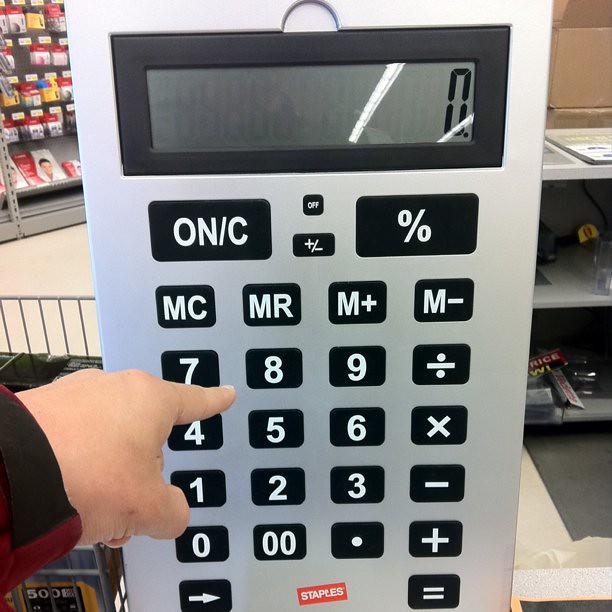I believe that Wikispaces
is a highly useful tool for teachers and students. However, I found the lack of communication to
be daunting and disorganized. Many of
the group members did not participate in the discussions, or did not post their
discussions in the right place. The
conversation also was not threaded so it was hard to tell who someone was
talking to if the conversation got long.
I think it would have worked better if we were allowed to use other
sources besides the website. Often
people would wait for days to check on the site, which would hold up all
progress. The result was not something
that made me proud. Not all the group
members put a lot of effort into their pages, which made the website overall
look disorganized. The wikispaces project just seemed like a flop to me because
there was such a huge lack of communication.
People were editing other people’s work without saying anything, and it
just did not jive really well.
I did enjoy creating other projects in eme2040. I think my favorite was my genetics webquest
that I posted on Zunal. I got to be creative and followed the steps in
creating an affective lesson plan that is engaging. I even shared this with an old teacher of
mine who I was doing an observation on.
She was very excited about my project, and she joked by saying I will
probably take her job when she retires.
With my experience in group projects, there was good and bad
aspects. The collaborative lesson plan
was interesting because we came up with something completely original all on
our own. It benefited the group to work
as a team when it came to research because we were able to pull so many ideas
from each other. When it came to writing
up the lesson plan though, I would have preferred to do that on my own. I think as teachers we can all enjoy and
appreciate other people’s ideas and research, but we always have a slight spin
that we would put onto something in each lesson.
One activity that I learned in class that I will use as a
teacher is webquests. WebQuests,
according to Maloy in Transforming Learning with new Technologies, are online
inquiries by students—designed and guided by teachers. This tool allows teacher to inform students
how to perform research in a semi-controlled environment, use this information
ethically, and synthesis it into a report. They can be used for individual work, or
better yet as a group work. Being that
most workplaces require members to work as a team it is important that we teach
our students the importance of teamwork.
I found the process of creating a webquest enjoyable and is something I
would like to do with my students.
Another activity that I learned in class that I will use as
a teacher is creating teacher websites/ blogs. I hope to create a website that I will update
weekly that will engage the parents and students. It should have a resource of information for
parents to find, and engaging links for my students. I would prefer to have a website of my own as
an elementary teacher, and maybe a collaborative website as a middle school
teacher. There is a multitude of places
that I can create a website or blog such as Blogger, Wix,
Weebly, Teacherweb
and more. A blog post by McCallum lists
ten reasons why a teacher should have a website. In summary, it helps meets the needs of your
students, the parents, and even helps organize yourself as a teacher and makes self-reflection
easier.
Maloy, R.W.(2011). Teaching with Educational Websites and Other Online Resources. In Transforming Learning with new Technologies (pp.153-4). Boston, MA: Pearson
McCallum, R. (2010, September 2). Ten Reasons every
Teacher Should want a Web Site. Retrieved December 2, 2012, from Clean
Apple: http://www.cleanapple.com/?p=165
Maloy, R.W.(2011). Teaching with Educational Websites and Other Online Resources. In Transforming Learning with new Technologies (pp.153-4). Boston, MA: Pearson
